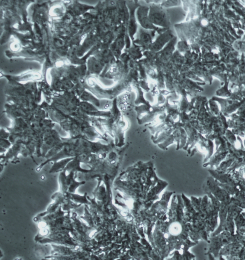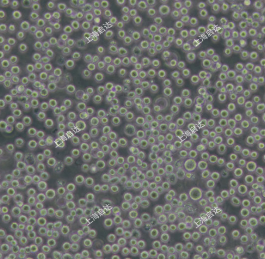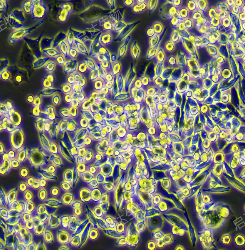Technical Support技术支持
CONTACT US
 400 179 0116
400 179 0116
24-hour service hotline marketing@ldraft.comE-mail
marketing@ldraft.comE-mail
Briefly describe the basic principles of several commonly used gene mutation detection methods
source:QiDa technoligy views:1482 time:2023-11-23
Gene mutations are one of the main causes of hereditary diseases or diseases such as cancer. Detecting gene mutations can promote early diagnosis and treatment of diseases. Below is a brief description of several commonly used gene mutation detection methods and their basic principles.
1. Sanger sequencing method
The Sanger sequencing method is currently one of the most widely used gene mutation detection methods. The basic principle is to construct a DNA amplification system using DNA polymerase, primers, dNTP, and the absence of a ddNTP (a random one that can replace dNTP in DNA strand synthesis reactions during PCR amplification). During the aggregation process, random ddNTPs are inserted into the DNA strand at a certain location, thereby preventing the further extension of the DNA strand. Through this method, a series of DNA fragments with different lengths can be generated. Fluorescence labeling and electrophoresis separation were performed on these DNA fragments to obtain fluorescent bands, ultimately leading to the identification of the DNA fragment where the mutation site is located.
2. Isothermal amplification technology
Isothermal amplification technology is a method of DNA amplification at constant temperature. The basic principle is to complete the DNA amplification process under constant temperature conditions using various enzymes such as heterochain replacement enzymes, polymerase, and RNA cleavage enzymes based on a cyclic DNA amplification mechanism. During isothermal amplification, RNA fragments of different lengths can be generated under the action of RNA cleaving enzymes by designing appropriate primers. By detecting these RNA fragments, specific mutations in DNA sequences can be analyzed.
3. Polymerase chain reaction technology
Polymerase chain reaction (PCR) technology is one of the most commonly used DNA amplification methods. The basic principle is to use primers to induce DNA polymerase to catalyze multiple rounds of DNA replication, amplifying a small amount of DNA to a sufficient quantity for detection. In the PCR reaction process, the design of primers needs to ensure their highly specific binding with the target DNA sequence to avoid hybridization with other DNA sequences. The termination of the PCR amplification process is usually caused by the departure of DNA polymerase or the action of endonuclease. PCR technology can be used to detect specific mutations present in the target DNA sequence.
Base amplification technology is a DNA amplification method based on polymerase. The basic principle is to amplify DNA containing a specific base to a sufficient number through PCR amplification, and then synthesize specific RNA products with T7RNA polymerase. Afterwards, nucleic acid hybridization technology was used to perform hybridization reactions between base sequence probes fixed on the membrane and RNA products, detecting RNA probes and anchored DNA primers to determine whether there were specific mutations in their amplified products. Through this method, detection of single base deletions and insertion mutations can be achieved.



SW948 [SW-948] U-937 LLC-Luc







